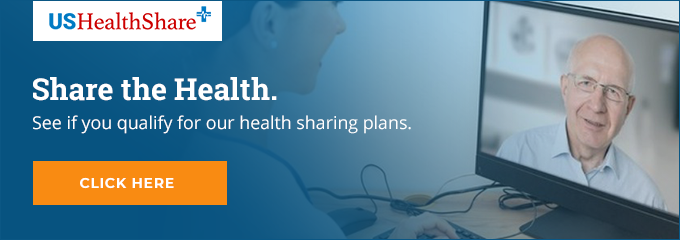You can buy life insurance, auto insurance, and homeowners insurance any time you want, so why can’t you do the same with health insurance?
The time is fast approaching for open enrollment in the US, which is the small window of opportunity for Americans to purchase health insurance from an insurance provider. Whether you’re buying health care coverage directly through the insurer, through an Affordable Care Act (ACA) health insurance exchange, by signing up for Medicare, or by enrolling in your employer’s plan, you’ll need to wait until mid-October of the year to do so. And that window of opportunity closes in early December.
Why Open Enrollment?
Open enrollment periods are limited to curb adverse selection, which occurs when individuals who are unwell sign up for health insurance, but healthy individuals do not. When this happens, health insurance programs assume a lot more risk. As such, the health insurance industry has taken measures to mitigate against this risk by restricting enrollment to a few weeks per year.
Health insurance companies need more healthy people in their plans than sick people, which is how they make their money. Otherwise, a roster full of ill Americans would cost them and erode their bottom line. Open enrollment helps limit the influx of sick individuals from enrolling and encourages healthier people to sign up.
History of Open Enrollment and Health Insurance
In 1850, Franklin Health Assurance Company of Massachusetts was established and began providing accident insurance. Prior to this, no health insurance plans existed. This plan was created to cover railroad and steamboat accidents, as both of these occupations were very dangerous and made workers in these industries vulnerable to injury.
By 1866, dozens more insurance companies offering accident insurance came into existence. This would set in motion a slew of changes and offerings in terms of health care coverage in the United States.

In terms of open enrollment, it’s not entirely clear when it officially began, though it’s likely that the timeframe to enroll in a health insurance plan began some time around World War II. That is roughly the time when employer-backed programs began in order to handle the tight labor markets that marked the time.
During the war, companies found it difficult to find qualified workers, which put them in a position to make efforts to attract talent. One way they did that was by attempting to offer the best benefit system.
By 1949, president Harry S. Truman came up with a national healthcare system that would let anyone become a member and pay a monthly fee. Healthcare was totally optional and coverage was all encompassing.
This was a very attractive proposition for American workers at the time, and as such, the number of people enrolled spiked. By 1960, the number of people enrolled was six times higher than it was just 20 years earlier, with 140.3 million people enrolled in a health insurance plan.
Open enrollment offered a way to curb these numbers and make sure that the majority are healthy. Since then, open enrollment has evolved to become what it is today.
Alternatives to Health Insurance
There are several flaws associated with traditional health insurance, including the limitations of only being able to enroll within a few weeks’ time span and the rising costs for coverage.
Luckily, there are more flexible and affordable options to health insurance, such as health sharing ministries. With these ministries, there’s no need to wait until October to enroll in a plan. There’s also the opportunity to save 50 percent or more on healthcare costs.
You’ll have the flexibility to choose a plan and contribute a certain amount per month that is put toward a pool of funds to help other plan members who have medical needs. In turn, you can use that same pool of funds to pay for your own eligible medical costs.
Health sharing ministries have no limits as to the type of doctor or specialist you wish to see, and you’ll have the opportunity to be a part of a community of like-minded people who share the same belief systems you have.
So, is open enrollment the only time you can choose a way to help cover your medical expenses, or is there another way? Happily, there is another way; join a health sharing program at any time throughout the year if you meet eligibility requirements.

